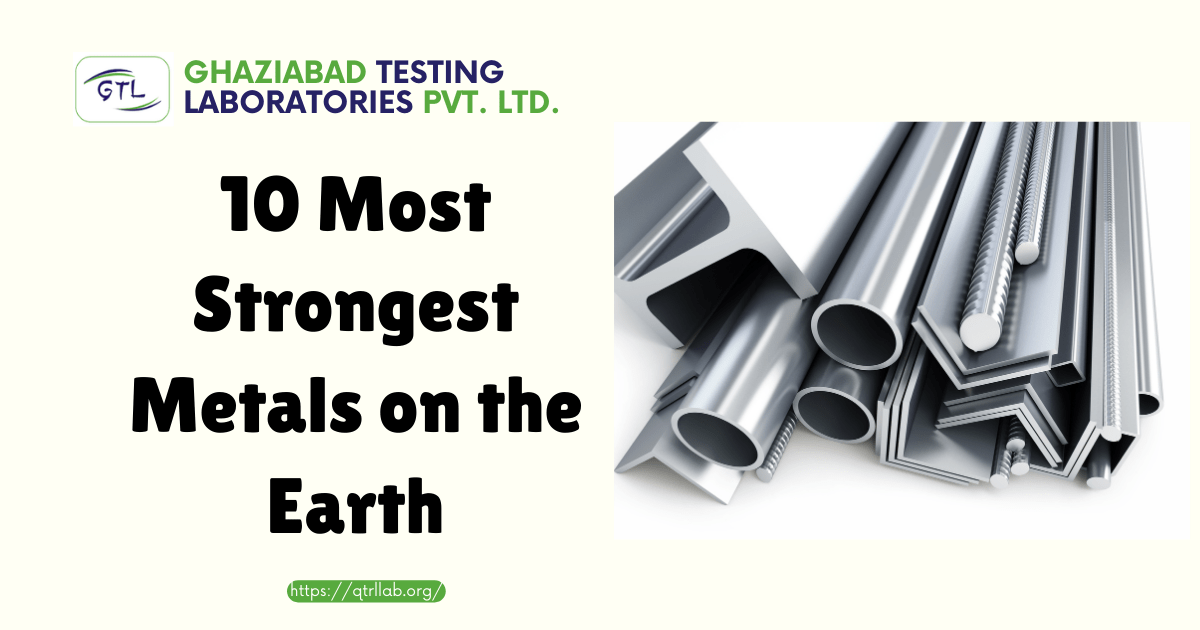When it comes to metals, there are two main categories: alloys and pure metals. While they may seem similar at first glance, there are significant differences between the two. In this article, we will explore the characteristics and properties of alloys and pure metals, highlighting their distinctions and applications.
What are Pure Metals?
Pure metals are elements that consist of a single type of atom. They have a highly ordered atomic structure, which makes them relatively soft and malleable. Examples of pure metals include gold, silver, copper, and aluminum. Pure metals are known for their high electrical and thermal conductivity, as well as their lustrous appearance.
Due to their softness, pure metals are often alloyed with other elements to enhance their mechanical properties. This process involves combining the pure metal with one or more additional elements to create a new material with improved strength, hardness, or corrosion resistance.
What are Alloys?
Alloys are metallic materials that are composed of two or more elements, with at least one of them being a metal. Unlike pure metals, alloys have a non-uniform atomic structure, which gives them enhanced mechanical and chemical properties. The addition of different elements to the base metal alters its characteristics, making alloys more versatile and suitable for various applications.
One of the most well-known alloys is steel, which is made by combining iron with carbon. Steel is much stronger and more durable than pure iron, making it a popular choice in construction and manufacturing. Other common alloys include brass (copper and zinc), bronze (copper and tin), and stainless steel (iron, chromium, and nickel).
Differences in Properties
There are several key differences in the properties of alloys and pure metals:
- Strength: Alloys are generally stronger than pure metals due to the addition of other elements that create a more robust atomic structure.
- Hardness: Alloys tend to be harder than pure metals, making them more resistant to wear and deformation.
- Corrosion Resistance: Alloys can be engineered to have superior resistance to corrosion compared to pure metals, increasing their lifespan and durability.
- Melting Point: Alloys often have a higher melting point than pure metals, allowing them to withstand higher temperatures without losing their structural integrity.
- Electrical Conductivity: Pure metals generally have higher electrical conductivity than alloys, although some alloys can be engineered to have specific electrical properties.
Applications
Both alloys and pure metals have a wide range of applications in various industries:
Pure metals, with their excellent electrical conductivity, are commonly used in electrical wiring, electronics, and power transmission. Gold and silver, known for their beauty and resistance to tarnish, are used in jewelry and decorative items. Aluminum, with its lightweight and corrosion-resistant properties, is widely used in the aerospace and automotive industries.
Alloys, on the other hand, offer a broader range of properties and applications. Steel, as mentioned earlier, is a vital material in construction, manufacturing, and infrastructure. Brass and bronze are used in musical instruments, plumbing fittings, and sculptures. Stainless steel, with its high strength and corrosion resistance, is extensively used in kitchen appliances, medical equipment, and architectural structures.
Conclusion
While both alloys and pure metals are essential in various industries, their differences in properties and applications make them suitable for different purposes. Pure metals excel in conductivity and aesthetic appeal, while alloys offer enhanced strength, hardness, and corrosion resistance. Understanding these distinctions is crucial in selecting the right material for specific applications.
If you need metal & alloy quality testing services, we are here to help you. Contact us















